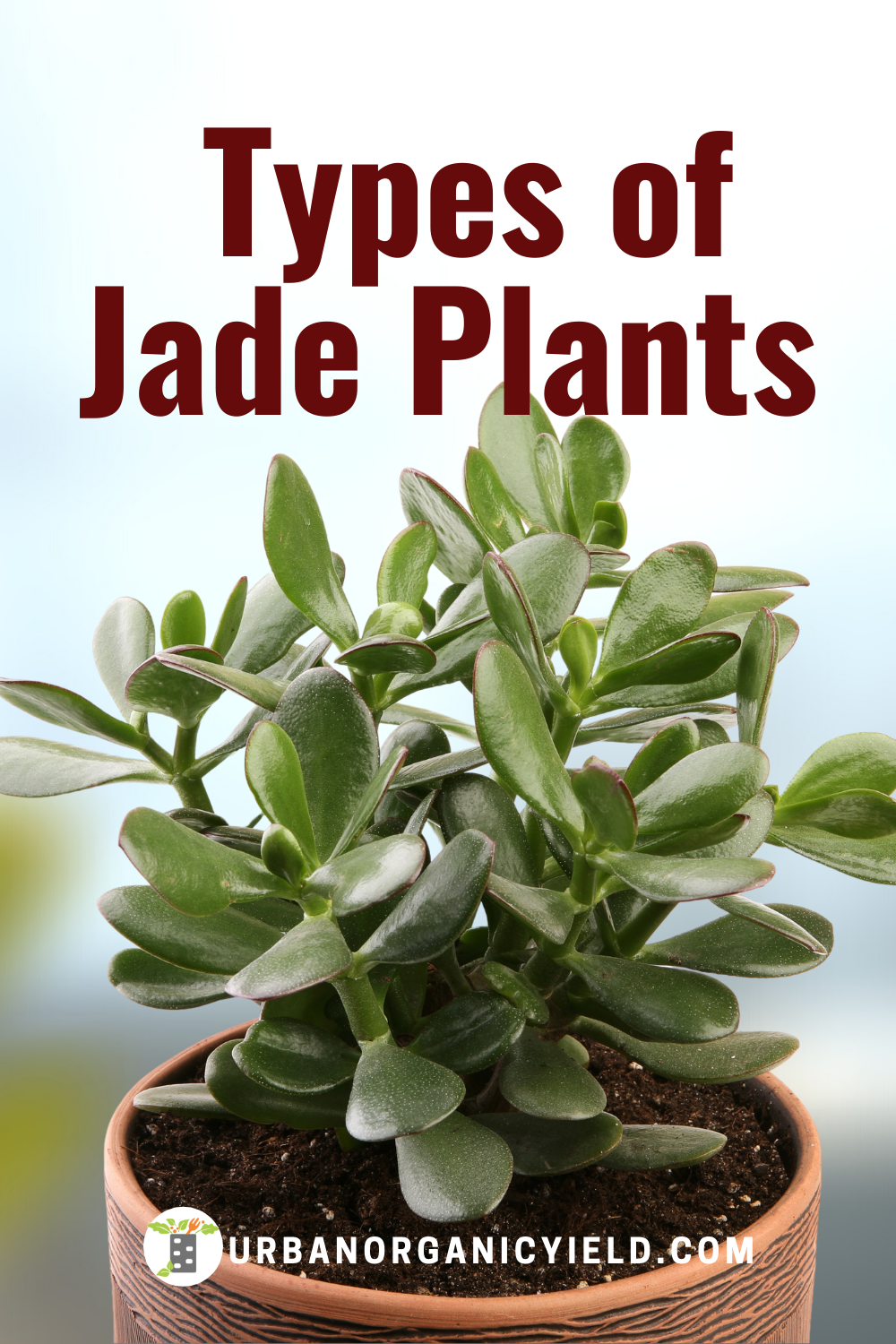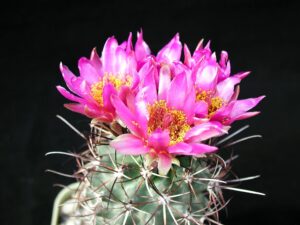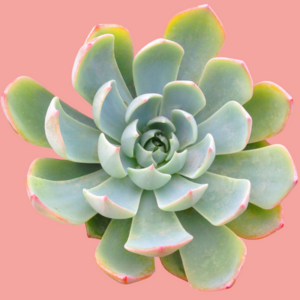Jade plants, scientifically known as Crassula ovata, have captivated the hearts and homes of many plant enthusiasts for generations. Their vibrant green leaves and sturdy, tree-like structure make them not only an aesthetically pleasing addition to any indoor space but also a subject of curiosity regarding their classification in the botanical world. This article delves into the intricacies of determining whether a jade plant is indeed a succulent, exploring its characteristics, care requirements, and cultural significance.
Before addressing the classification of jade plants, it is crucial to understand what it means to be classified as a succulent. Succulents are defined by their capacity to store water in their leaves, stems, or roots, allowing them to thrive in arid environments. This remarkable adaptation makes them highly resilient to drought and a popular choice for gardeners whose climates may fluctuate in moisture levels.
Jade plants inherently epitomize the essence of succulents, displaying numerous traits that affirm their classification. The fleshy, rounded leaves of the jade plant serve as reservoirs for water, enabling the plant to endure extended periods without substantial moisture. This inherent ability not only fortifies the plant against drought but also contributes to its lush, glossy appearance.
As we probe deeper into the debate of jade plants as succulents, we can discern their specific characteristics that align them with this classification.
Revealing the Characteristics of Jade Plants
At first glance, a jade plant presents an image of health and vitality. The thick, succulent leaves primarily display a rich shade of green; some varieties exhibit a reddish hue around the edges, particularly when exposed to direct sunlight. Upon closer inspection, these leaves are not merely decorative; they serve a functional purpose as reservoirs of water, facilitating a unique survival mechanism.
Moreover, jade plants boast a sturdy structure with a robust stem that bears the weight of its foliage. A mature jade plant can develop a thick, trunk-like stem that resembles that of a small tree, often referred to as a “money tree” in various cultures, due to its alluring symbolism of prosperity and good fortune.
Beyond their physical appearance, another hallmark of jade plants is their growth habit. They exhibit a tendency to branch out, leading to a bushy appearance that is desirable for many homeowners. This growth form not only adds to their ornamental appeal but also underscores their classification as succulents, characterized by their ability to adapt and thrive under less-than-optimal conditions.
Navigating Care and Maintenance
Caring for a jade plant is a straightforward yet rewarding endeavor. As a succulent, the jade plant thrives in environments that mimic its native South African habitat. The ideal soil for a jade plant is a well-draining succulent mix, specifically formulated to prevent water retention, thereby mitigating the risk of root rot—a common pitfall for succulent care.
Light requirements are also a key factor in the jade plant’s health. Ideally, jade plants require bright, indirect light. Exposure to direct sunlight can promote leaf scorching, while inadequate lighting may stymie growth. Many plant enthusiasts find that placing their jade plant near a south- or west-facing window yields optimal results.
Watering practices are paramount; jade plants prefer to dry out between waterings. A general guideline is to water every two weeks during the growing season (spring and summer) and reduce frequency in the dormant months (fall and winter). Observing the leaves is an indicator of the plant’s hydration level; a wrinkled appearance may signal the need for water, while soft, mushy leaves may indicate overwatering.
Embracing Cultural Significance
Beyond its biological classification and care specifics, the jade plant possesses a notable cultural significance, especially in Chinese tradition. Known as the “friendship plant” or “money tree,” the jade plant is often gifted to symbolize good luck, wealth, and prosperity, making it a popular housewarming gift. It is also a common element in Feng Shui, believed to attract positive energy and abundance when placed in the right area of a home.
This cultural richness extends to its role as an ornamental plant in homes around the world, effectively fostering a sense of well-being among plant owners. Many individuals find that caring for a jade plant provides not just a hobby but also an opportunity for mindfulness and connection to nature.
Conclusion: The Jade Plant’s Place in the Succulent Family
In summary, the jade plant stands as a quintessential example of a succulent, showcasing key characteristics that solidify its classification. From its fleshy leaves that store water to its resilient growth habit, the jade plant embodies the unique qualities prized in succulents. Caring for a jade plant presents a fulfilling experience, while its cultural significance enhances its allure as a cherished houseplant. With proper attention and care, jade plants can thrive for years, adorning homes while serving as a reminder of resilience and prosperity.





Leave a Comment